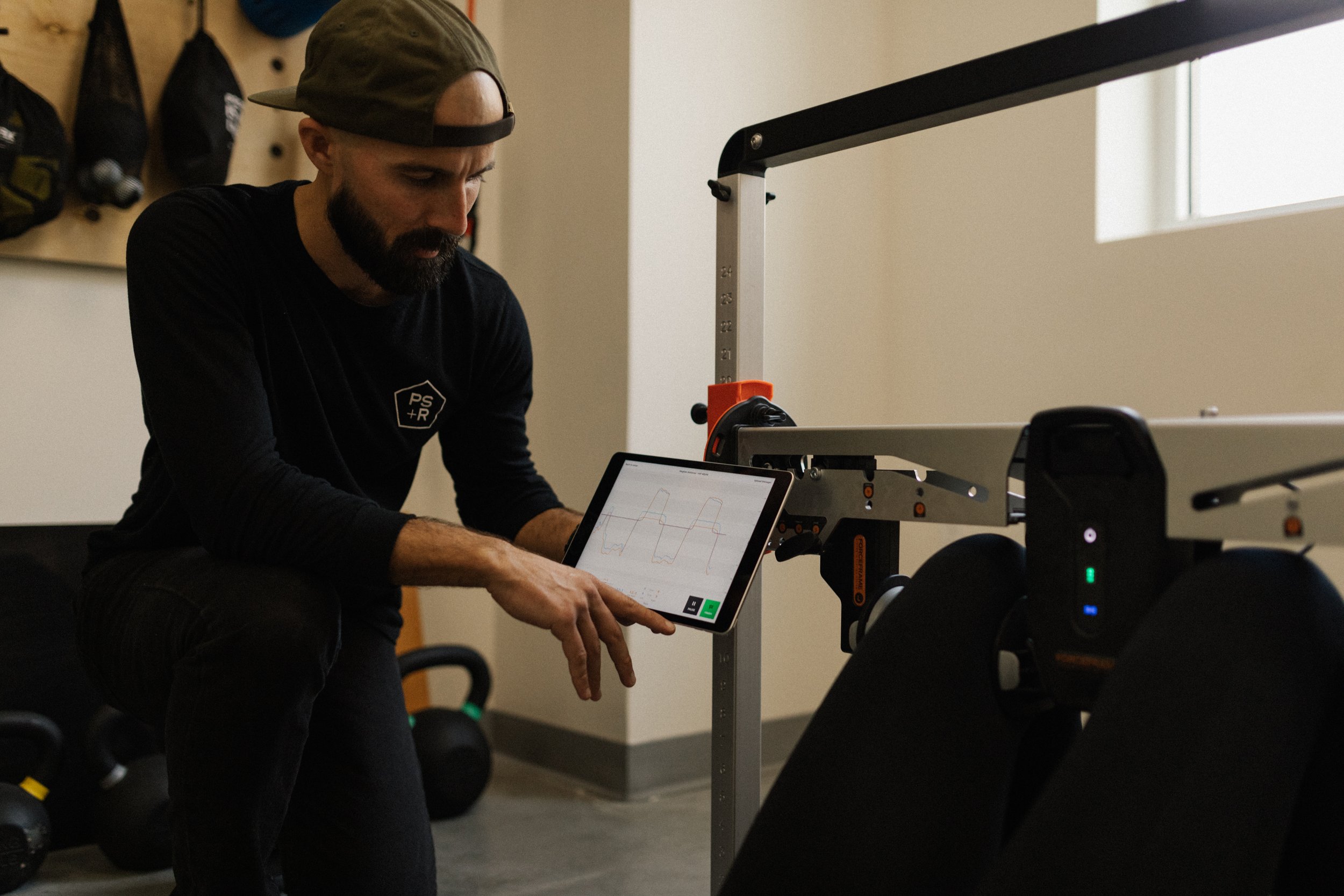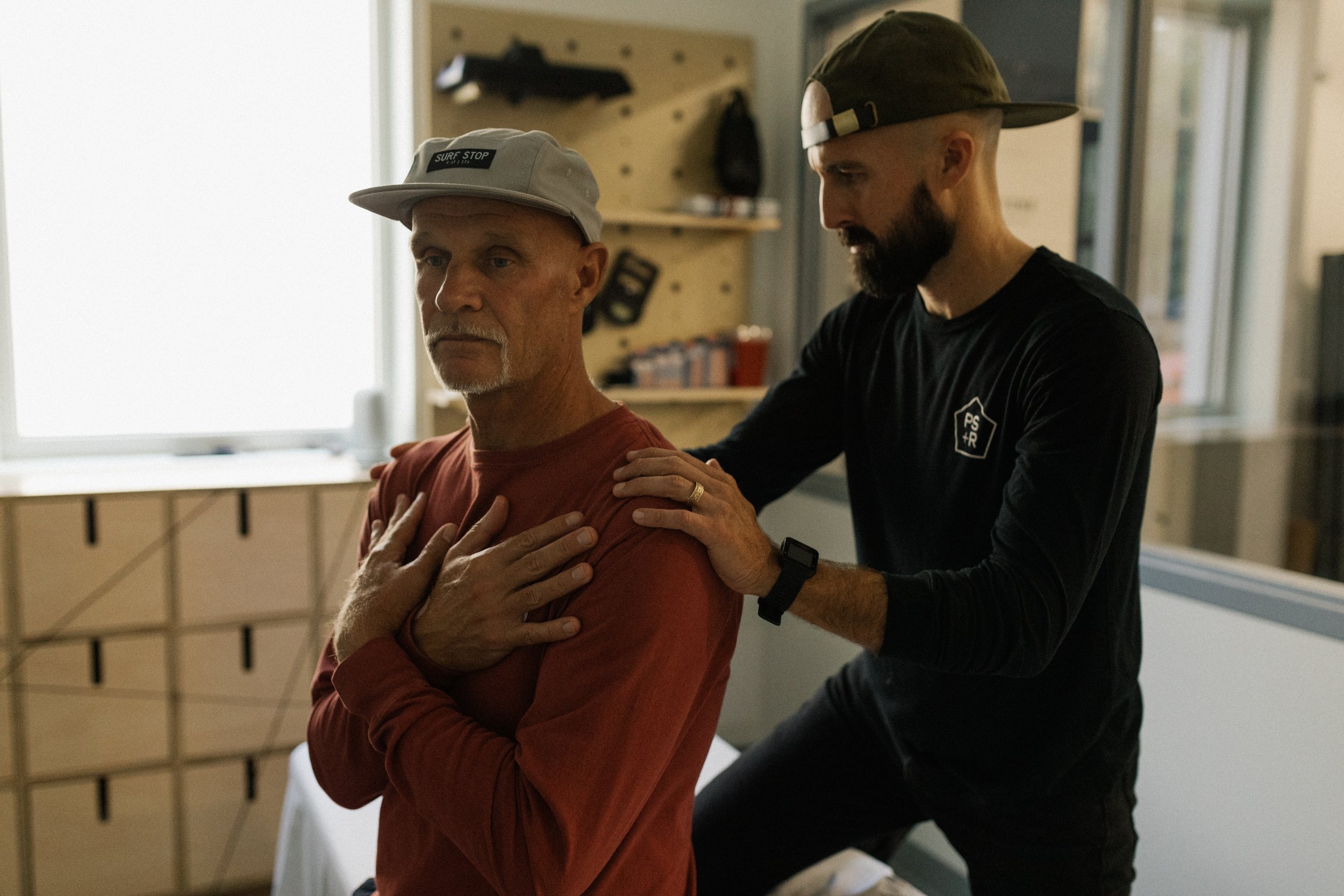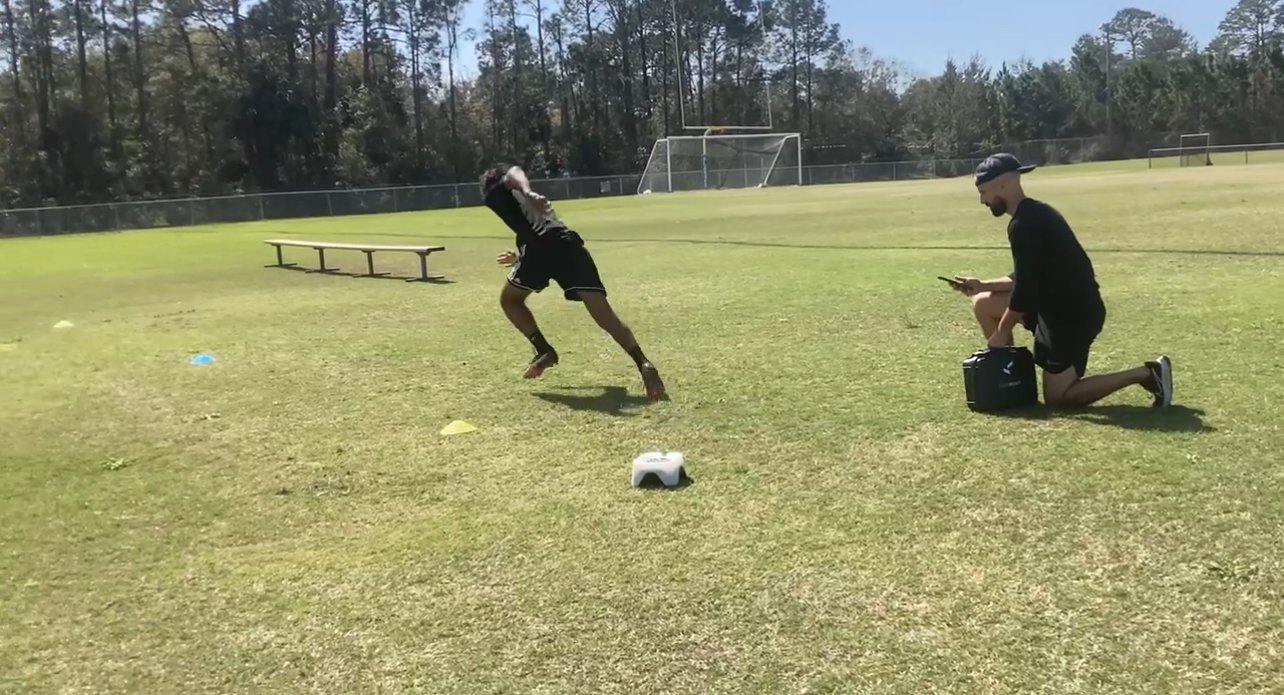
PERFORMANCE PROFILING
A primary pillar of the PS+R system is establishing an individual's unique performance profile. This profile is an excellent way to objectively organize your rehabilitation and training plan to better ensure performance goals are achieved and injury/pain occurrences are minimized. Your performance profile will consist of a testing battery that is commonly seen in professional sporting environments.
Global Movement Assessment
All human movement is a combination of tri-planer motion (sagittal, frontal, and transverse plane). Assessment of global movement patterns provides a snapshot into an individual's movement competency. When we can reduce movement into fundamental and isolated components, we gain insight into mobility and motor control dysfunction that can compromise global movement efficiency. Identifying these impairments enables a more individualized approach to exercise prescription and subsequent movement skill development.
Single Limb Assessment
Nearly all high performance activities require stability, strength, and power expression on a single limb. A deficit in an individuals ability to operate on a single limb not only reduces performance but significantly increases the potential for injury.
Strength Assessment
Strength development is defined by the ability of the neuromuscular (aka brain, muscles, and bones) system to generate force. A deficit in strength makes it difficult to generate power; therefore, establishing this foundation is an essential component to improve how quickly your body can create forces that are required to participate in your high performance activity.
Force Application Assessment (Power)
Improving how quickly strength can be expressed is defined as rate of force development. By definition, the more work you can do in less time the greater the power output. Those that can optimize power outputs are often the individuals who excel at their high perfomance activity.
Movement Skill Assessment
Development of movement skill improves an individual's ability to absorb (deceleration) and produce forces (acceleration) so a person can move in a specific direction in the least amount of time while minimizing the leaking of energy. Enhancing movement skill leads to improved movement efficiency and subsequent improvements in energy costs associated with each action, creating a body that is more equipped to handle costly actions (running, jumping, etc.) for longer durations.






